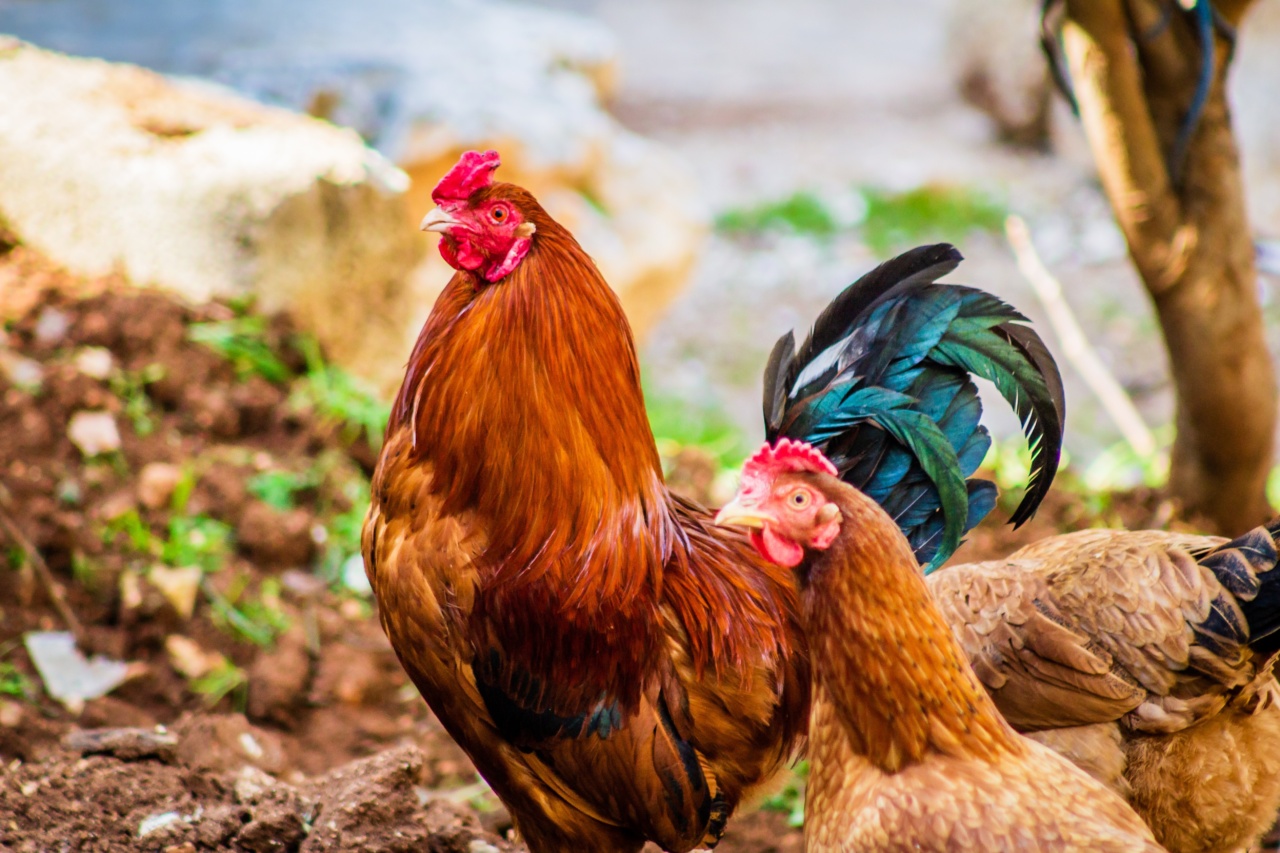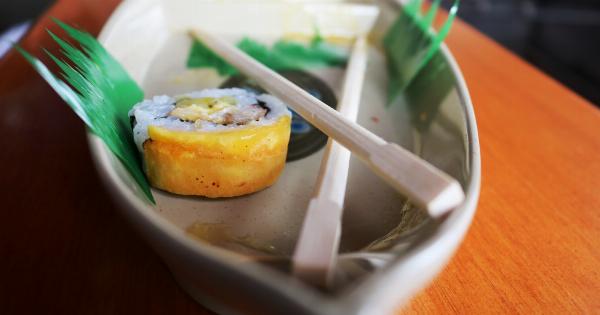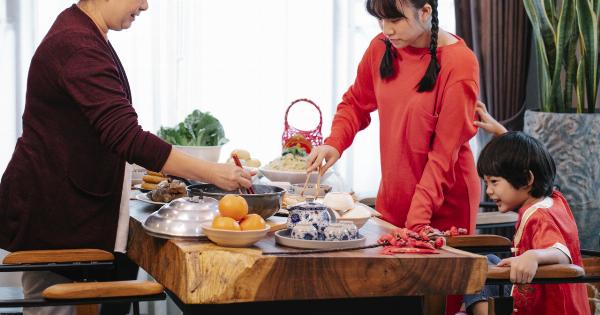Chicken is one of the most popular meats around the world, and many people enjoy it in various forms. However, chicken can also present a significant risk of food poisoning if not handled or cooked correctly.
In this article, we will explore the risks of chicken poisoning and how to reduce those risks.
Types of Bacteria Found in Chicken
Raw chicken can harbor a range of bacteria, including Salmonella, Campylobacter, and Clostridium perfringens. These bacteria cause a wide range of illnesses, from diarrhea to severe infections, and in some cases, they can be fatal.
It is extremely important to handle chicken safely to avoid these risks.
Cross-Contamination
Cross-contamination is a significant risk when handling raw chicken. If you use the same cutting board or knife for chicken and other foods, you can easily transfer bacteria from the chicken to the other foods.
This type of cross-contamination can occur on any surface or utensil, so it is important to keep everything clean when handling raw chicken.
Proper Cooking and Storage of Chicken
Cooking chicken to the correct temperature is essential to kill any bacteria that may be present. The safe internal temperature for cooked chicken is 165 degrees Fahrenheit.
Make sure to use a meat thermometer to check the internal temperature to ensure the chicken is cooked safely.
After cooking, it is also important to store leftover chicken correctly. Bacteria can grow in cooked chicken if it is left out at room temperature for too long.
Any leftover chicken or dishes containing chicken should be refrigerated within two hours of cooking and should be consumed within four days.
Food Poisoning Symptoms and Treatment
If you do become ill after consuming chicken or any other food, it is important to recognize the symptoms of food poisoning. Common symptoms include diarrhea, vomiting, fever, and stomach cramps.
These symptoms can be mild or severe, depending on the type of bacteria and the amount of food consumed.
If you suspect that you have food poisoning, it is essential to seek medical attention. In severe cases, hospitalization may be necessary to stabilize the patient. Antibiotics may also be required to treat the infection.
Preventing Chicken Poisoning
There are several measures you can take to prevent chicken poisoning, including:.
- Washing hands thoroughly before and after handling raw chicken.
- Keeping surfaces and utensils clean when handling raw chicken.
- Cooking chicken to the correct temperature.
- Storing leftover chicken correctly.
- Avoiding cross-contamination by not using the same utensils for raw chicken and other foods.
Conclusion
Chicken is a popular food around the world, but it can also present a significant risk of food poisoning. To prevent food poisoning and reduce these risks, it is essential to handle chicken safely and cook it properly.
By following these guidelines, you can enjoy chicken safely and without worry.


























